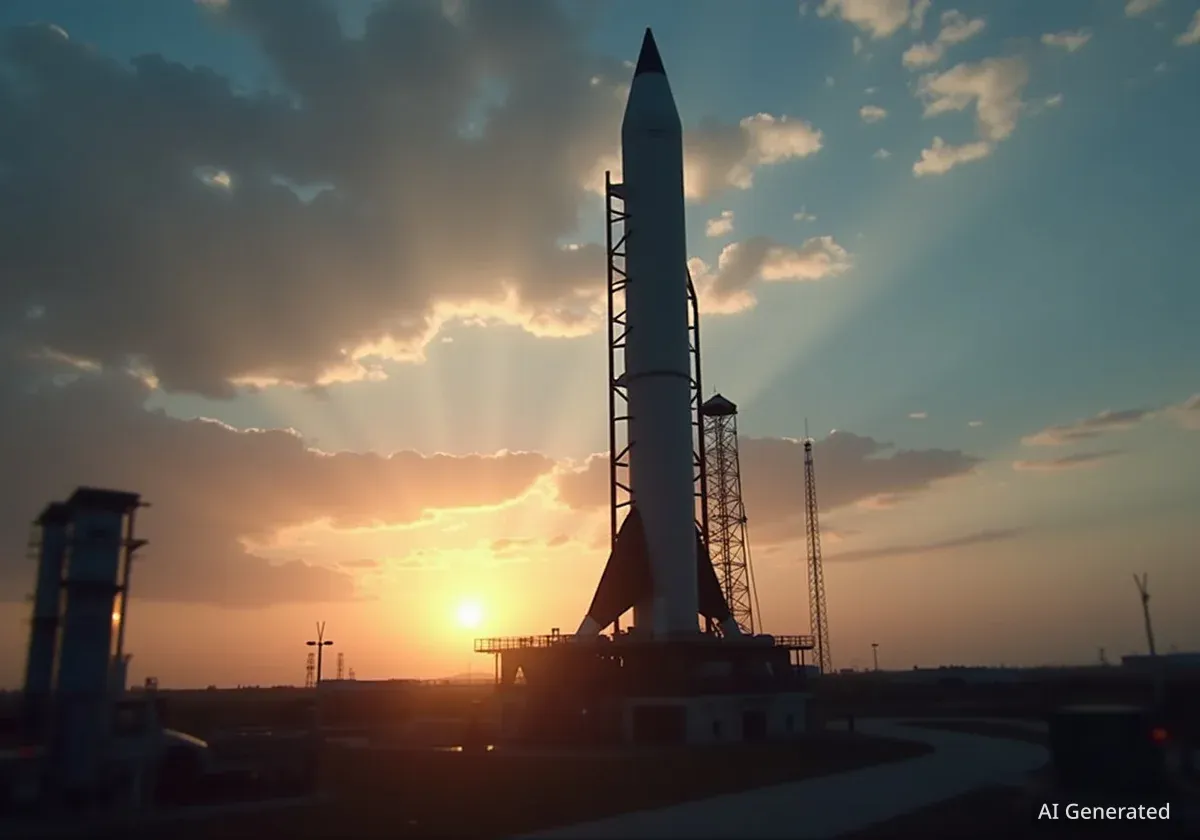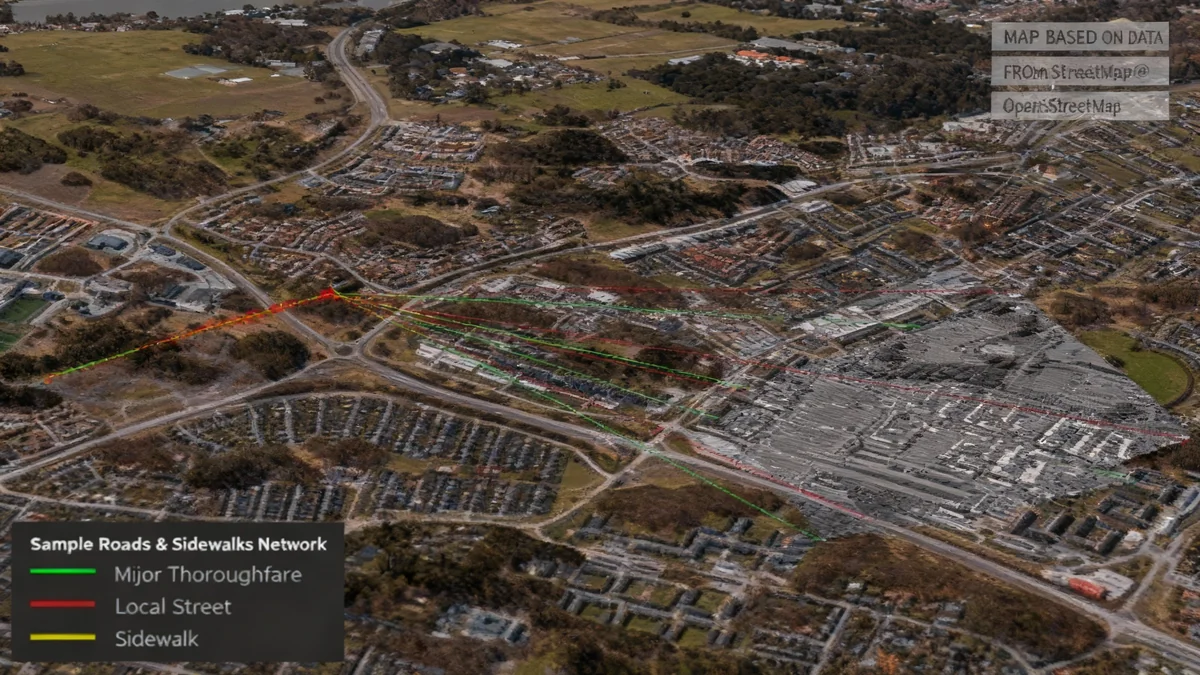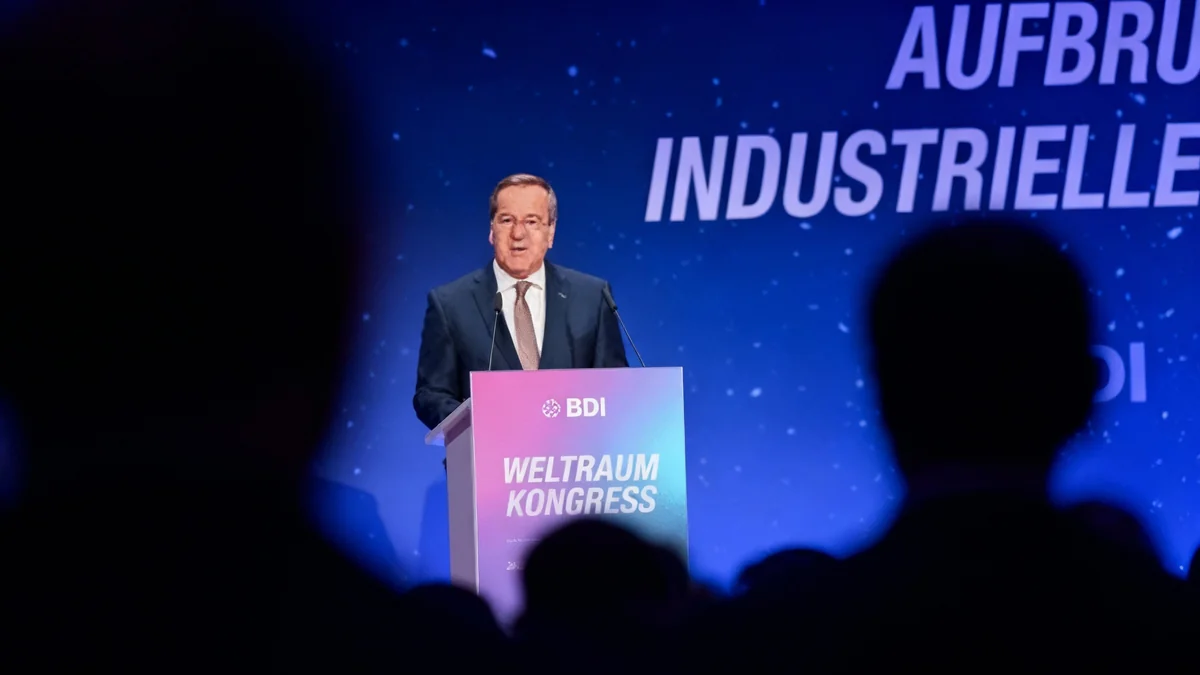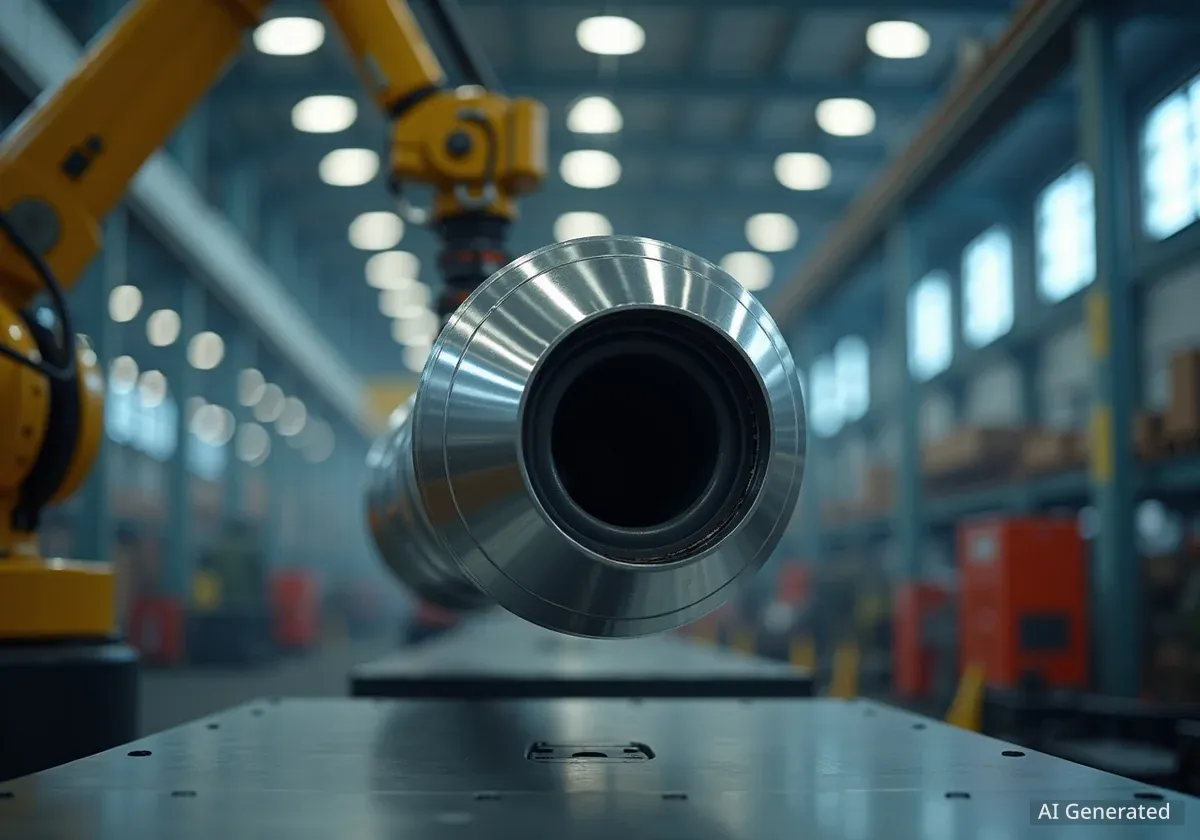Recent developments from North Korea indicate significant progress in its strategic weapons programs, including the development of a new solid-fuel intercontinental ballistic missile (ICBM) and major infrastructure upgrades at its primary space launch facility. These advancements are coupled with continued efforts to expand nuclear material production and renewed attention on its chemical weapons capabilities, all occurring within a shifting geopolitical landscape marked by Russia's public support for Pyongyang's nuclear ambitions.
Key Takeaways
- North Korea has announced the development of a new solid-fuel ICBM, the Hwasong-20, featuring an advanced carbon-fiber motor.
- A large new jetty has been completed at the Sohae Satellite Launching Station, suggesting preparations for larger space launch vehicles.
- Russia's Foreign Minister publicly stated that Moscow "understands" the reasons behind North Korea's nuclear program.
- Pyongyang continues to pursue plans for an "exponential increase" in its nuclear arsenal and may be elevating the strategic importance of its chemical weapons.
Next-Generation Ballistic Missile Unveiled
North Korean state media first mentioned the development of a new intercontinental ballistic missile, designated the Hwasongpho-20, in a September 2 report. This system is described as the successor to the Hwasong-19 solid-propellant road-mobile ICBM, which was first flight-tested in October 2024.
The development process for the missile's new engine appears to be nearing completion. According to official reports, the engine has undergone nine ground tests over the last two years, with the final test in the development phase reportedly conducted on September 8.
Advanced Propulsion System
A key feature of both the Hwasong-19 and the forthcoming Hwasong-20 is a new solid-fuel engine constructed with a composite carbon fiber motor casing. This material is significantly lighter than the steel, fiberglass, or kevlar used in older missile designs, allowing for improved performance.
Powerful Thrust Capability
North Korean press articles claim the new motor can generate a maximum thrust between 1,960 and 1,971 kilonewtons (kN). This level of power is comparable to the first stage of the LGM-118 Peacekeeper, a US ICBM developed in the 1980s.
The use of a lightweight carbon fiber casing provides a substantial advantage. It enables the missile to achieve a greater range or carry a heavier payload. This enhanced capability is particularly relevant to North Korea's stated goal of developing a multiple independently targetable reentry vehicle (MIRV) system, which allows a single missile to strike several different targets.
The new motor "heralds a significant change in expanding and strengthening the nuclear strategic forces," according to North Korean state media, suggesting the technology is central to its modernization efforts.
With ground testing reportedly finalized, the first flight test of the Hwasong-20 could occur within months, depending on the readiness of its other components. This development may also be linked to a longer road-mobile missile launcher chassis that was first seen in September 2024, potentially built to accommodate the new, larger missile.
Major Infrastructure Upgrade at Sohae Spaceport
Analysis of commercial satellite imagery from July 9 confirms the completion of a large jetty at the Sohae Satellite Launching Station. The construction of this significant pier-like structure took approximately 28 months, with a notable increase in activity beginning in April 2025.
The new facility includes a docking slip designed for large vessels and structures that appear to be rails for a heavy-duty crane. Additionally, a previously unpaved road connecting the dock to the main launch area has been surfaced, indicating preparations for heavy transport.
Why a Jetty is Significant
The Sohae facility already has a rail link for transporting components. The construction of a large maritime jetty strongly suggests that North Korea plans to move equipment and rocket stages that are too large or heavy for its existing railway network. This points toward ambitions for a new class of launch vehicles.
Supporting Larger Space Launch Vehicles
This new infrastructure is likely intended to support a new, large space-launch vehicle (SLV). Since March 2022, North Korea has been observed preparing a new launch pad at Sohae, presumably for such a vehicle. The jetty would be essential for delivering oversized components manufactured elsewhere to the launch site.
A more powerful SLV would significantly expand North Korea's space capabilities. Potential applications include:
- Launching larger, more advanced low-orbit reconnaissance or weather satellites.
- Deploying multiple smaller satellites from a single booster rocket.
- Placing communications satellites into geostationary orbit.
Shifting Geopolitical Alignments
North Korea's weapons development is proceeding with notable diplomatic cover from Russia. On July 12, following a strategic dialogue with North Korean officials, Russian Foreign Minister Sergei Lavrov made remarks that signaled a significant shift in Moscow's public stance.
Lavrov stated that Russia "understands the reasons why they carry out their nuclear program," framing it as a necessary measure for national security. He added that because of these defense measures, "no serious actor contemplates a military strike against the DPRK today."
Implications of Russia's Support
These comments are consistent with Russia's recent actions at the United Nations, including its veto of a resolution to increase sanctions on North Korea in May 2022 and its March 2024 veto that ended the mandate of the UN Panel of Experts monitoring sanctions.
Lavrov's statement underscores that Russia is unlikely to participate in international efforts to curb North Korea's nuclear program. It also raises concerns that Moscow could potentially provide direct assistance to Pyongyang's nuclear and missile programs.
Meanwhile, North Korea continues to advance its nuclear production. On September 26, leader Kim Jong Un reportedly oversaw a meeting to review plans to increase nuclear material production capacity in 2025. This aligns with his January 2023 directive for an "exponential increase of the country’s nuclear arsenal."
Renewed Focus on Chemical Weapons
Alongside its nuclear and missile programs, North Korea may also be placing renewed emphasis on its chemical weapons (CW) stockpile. A July 9 media report, citing an unnamed high-ranking North Korean source, claimed that Pyongyang is elevating chemical weapons to the level of strategic importance, alongside nuclear arms.
According to the source, North Korea views its CW stockpile as a key strategic deterrent and has significantly expanded its research, development, and production. The report suggested that chemical weapons are considered a primary response option to be used immediately before any potential use of nuclear weapons.
While the claims cannot be independently verified, they serve as a critical reminder of a long-standing threat. For decades, international assessments have concluded that North Korea possesses a substantial and weaponized CW program. This arsenal has likely served as a strategic deterrent against targets in South Korea and Japan long before the country developed nuclear weapons. The integration of chemical weapons into its military doctrine complicates strategic planning for the United States and its regional allies.





